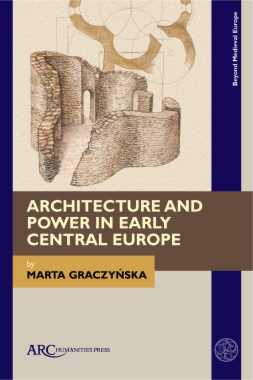The book presents the panorama of social, cultural, and religious changes in the states of the Piast, Přemyslid, and Arpad dynasties. Major change occurred in the tenth century and again at the turn of the eleventh century. Given the scarcity of written sources, the author employs an analysis of architectural forms which she applies to buildings founded by dukes, kings, and nobles at this period.
Architecture serves as a reliable source of knowledge and can be successfully read as a text using comparative analysis, iconology, and semiotics. No piece of art appeared without an historical context: forms, functions, and styles are all documents created by its founders and creators. The conclusions of this research help us to understand the era that shaped the foundations of the Polish, Czech, and the Hungarian states.
- COVER
- Contents
- List of Illustrations
- Introduction
- Chapter 1. Displays of Power—Architecture as Sign and Symbol
- Chapter 2. Choice of Architectural Forms
- Chapter 3. The Code of Form and Shape
- Chapter 4. Composition of Spatial Arrangements
- Chapter 5. Appropriation and/or Influence
- Chapter 6. Architecture as a Vehicle of Meanings
- Chapter 7. Form versus Function
- Chapter 8. Interpreting Function
- Chapter 9. Reading Architecture
- Conclusion
- Select Bibliography
- Index

